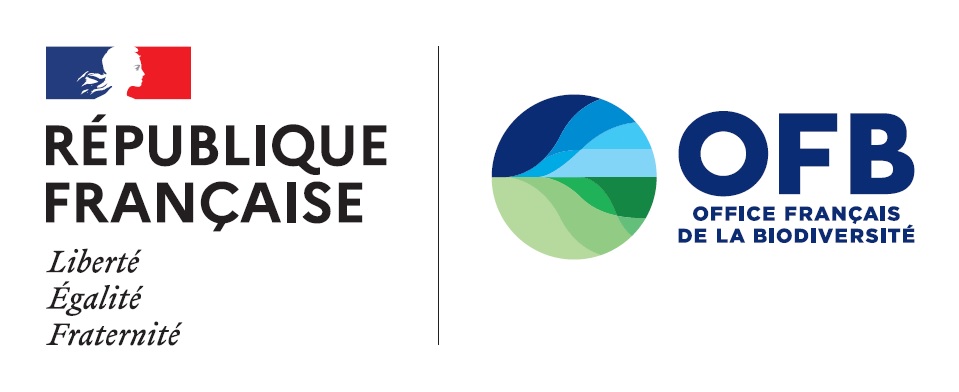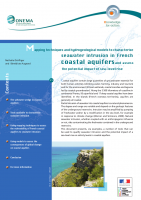Mapping techniques and hydrogeological models to characterise seawater intrusion in french coastal aquifers and asses the potential impact of sea-level rise
Coastal aquifers contain large quantities of groundwater essential for both human activities and for the environment. Natural seawater intrusion, whether coupled with an anthropogenic influence or not, risks contaminating the freshwater contained in the underground reservoirs. This document presents, via examples, a number of tools that can be used to qualify seawater intrusion and the potential impact of a sea-level rise on salinity levels in coastal aquifers.
Along the 5 500 kilometres of coastline in continental France, 95 superficial and 17 deep coastal aquifers have been identified. In the islands (French overseas territories), aquifers are generally all coastal. Partial intrusion of seawater into coastal aquifers is a natural phenomenon. The degree and range are variable and depend on the geologic features of the underground reservoirs. Intrusion may be amplified by pumping of freshwater and/or by a modification in the sea level, for example in response to climate change (Werner and Simmons, 2009).
Quels outils pour caractériser l'intrusion saline et l'impact potentiel du niveau marin sur les aquifères littoraux ?
| Knowledge for action
| May 2013

Les aquifères littoraux sont des ressources d’eau souterraine importantes or une intrusion saline menace la quantité d’eau douce disponible dans ces réservoirs. Ce document propose des outils pour caractériser l’intrusion saline et l’impact potentiel d’une remontée du niveau marin sur la salinisation des aquifères littoraux.





